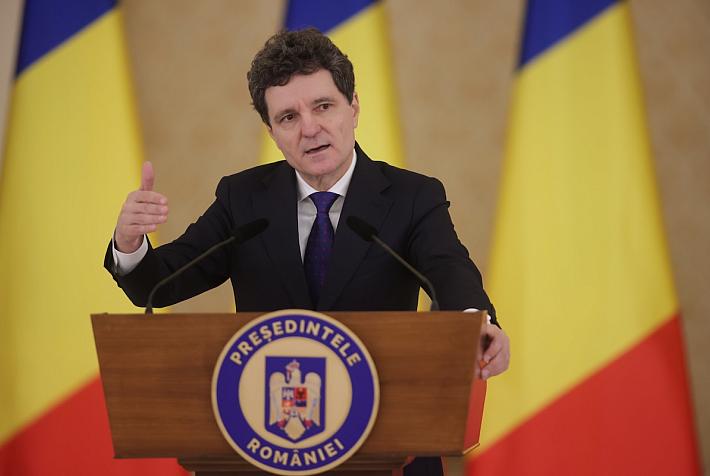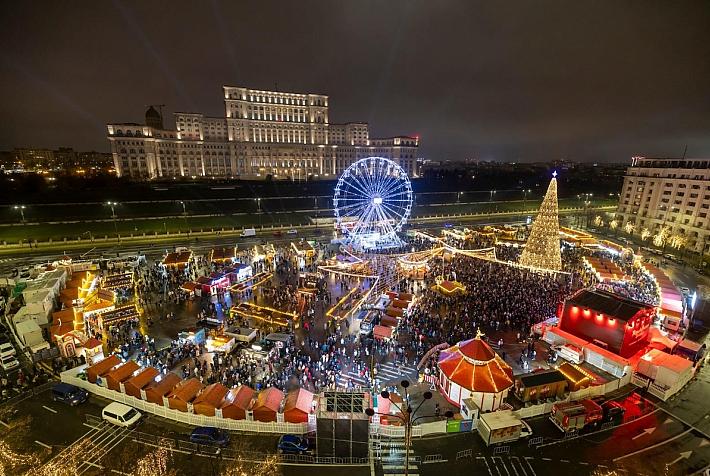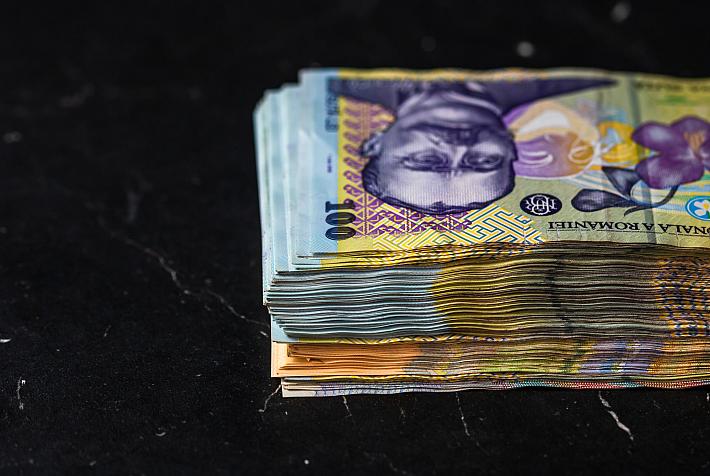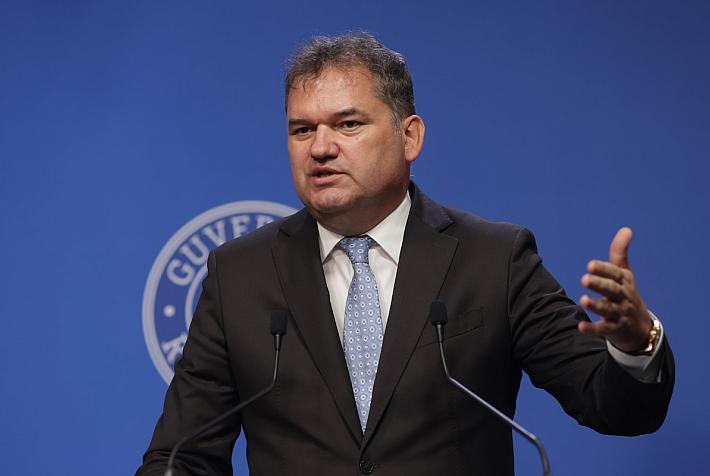Famous Romanian women (part II): The spy, the writer, the actress and the aviator

After presenting a first group of famous Romanian women in our recent article of the series, Guest Writer Mariana Ganea places the lime light on four lesser known women, all of whom gained recognition outside Romania.
Vera Atkins (Vera Maria Rosenberg) was one of the most famous British Intelligence officers during World War II, and few people know she was in fact born in Romania, in the city of Galati, Eastern Romania, in 1908. Her parents, German Jewish and British Jewish, initially emigrated to France and in 1933 all family settled in the UK. Vera studied modern languages at the Sorbonne at Paris. In February 1941 she joined the French section of the Special Operations Executive (SOE) having as a main task recruiting and deploying female agents. She remained with SOE until August 1944 when she became a flight officer in the Women’s Auxiliary Air Force. After the war, she went to Germany to find out what had happened to 118 F Section agents ( in French occupied territory ) who had disappeared during the war, presumably captured or killed by the Nazis. In 1987, Vera Atkins received the Legion d’Honneur. She died in 2000, in Hastings, at the age of 92. The surname “Atkins” was her South African born mother’s maiden name. Former Sunday Times reporter Sara Helm published a book dedicated to Vera Atkins’s life and her role in World War II, called A life in secrets. The story of Vera Atkins and the lost agents of SOE.
Elena Caragiani Stoenescu was the first Romanian woman aviator. She was born in 1887 in the city of Tecuci, in Galati county, and was the daughter of doctor Caragiani and his wife Zenia Radovici. Aurel Vlaicu' s first flight above the Carpathian Mountains fascinated her and later inspired her to become the first Romanian woman to be admitted into the League of Aviation, a flying school run by Prince George Valentin Bibescu. She was the only female student, which stirred indignation at the time. Her first flight took place 1912. Upon completing the courses, she applied to receive a pilot's license at the Ministries of Education and Civil Defense but her application was rejected. So, she decided to join at the School of Civil Aviation of Mourmelon le Grand in France. She graduated and received her pilot license when she was 27 years old. Romania's authorities at the time however did not allow her to take part in air shows. So instead she became a reporter for a major French daily newspaper, traveling to the Caribbean, Mexico or South America, then a war correspondent for the Press Trust of Mexico. When Romania entered the war, in 1916, she asked to participate as a pilot to defend the country or to carry the wounded in hospitals. But her request was denied, so she became a Red Cross nurse in a hospital in Bucharest. After the withdrawal of the troops, she set up a health clinic in the city of Tecuci. Later, she married lawyer Virgil Stoenescu and they settled in Paris. She continued to work as a journalist in France, Mexico, USA, countries in Africa and Asia, and specialized in reporting on air events. She died in 1929 when she was just 42.
Elvira Popescu was a famous Romania-born French stage and movie actress and theater director. She was born in 1894 in Bucharest. She studied drama at the Drama School with professors Constantin Nottara and Aristizza Romanescu, both famous actors. She made her first appearance on the National Theater stage in Bucharest when she was 16. In 1912 she performed in the first Romanian fictional movie The Romanian Independence. In 1919 she became the artistic director of the Excelsior Theatre and in 1921 she set up the Small Theater. But in 1924 she moved to Paris, and had a very successful career in French theater and film. She was also director of the Paris Theatre (1956-1965) and of the Marigny Theatre (1965-1978). She kept performing until late in her life, with her last role at the age of 84. She was awarded the Moliere Prize for her entire artistic career in 1987 and the Legion D’honneur in 1989. Together with other famous Romanian women, such as Elena Vacarescu, Anna de Noaillles, Marta Bibescu, Elvira Popescu is appreciated as one of the muses for the French painter Henri Matisse who painted in 1940 La Blouse Roumaine. Elvira Popescu died in Paris in 1993, aged 99.
Elena Vacarescu was a French writer who received the French Academy awards two times. She was born in Bucharest in 1864 into a very old and famous Romanian aristocratic family. Her father was the diplomat Ioan Vacarescu. She had a very fine education: she had a British babysitter and then studied philosophy, aesthetics, arts and history at the Sorbonne in Paris. She published her first poems in 1886 in Paris - Aurora’s Songs- and received a special award from the French Academy. In 1888, she became the maid of honor of Queen Elisabeth of Romania – the wife of Carol the 1st and also known as poetess Carmen Silva. This favored position near the queen helped her connect to the literary and artistic circles sponsored by the Queen. In 1889, Elena Vacarescu published her book of Romanian folk songs called The Bard of Dambovita, first in German language - translated by the Queen herself- and then in French, English and Italian. Elena Vacarescu had a secret engagement with the Prince Ferdinand – Carol Ist and Queen Elisabeth's heir, but the engagement, in spite of the Queen's protection, was forbidden by the King. So in 1891, Elena Vacarescu fled Romania. She went first to Italy and later to Paris. There, she organized a literary circle which was attended by personalities such as as Victor Hugo, Marcel Proust, Anatole France, Sarah Bernard, Miguel de Unamuno and Aristide Briand. She continued to write and publish novels, memoirs and poems. At the same time, she had an important diplomatic career. She was the only woman to serve as an ambassador (permanent delegate) in the history of the League of Nations. She was also a member of the Romanian delegates committee to the Peace Conference in Paris in 1946. Elena Vacarescu was member of the Romanian Academy from 1925 and in 1927 she received the Legion d’honneur from the French President. She died in Paris in 1947 and is buried in the Văcărescu family crypt in the Bellu cemetery in Bucharest.
By Mariana Ganea, Guest Writer, marianaganea24@yahoo.com











